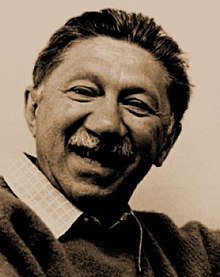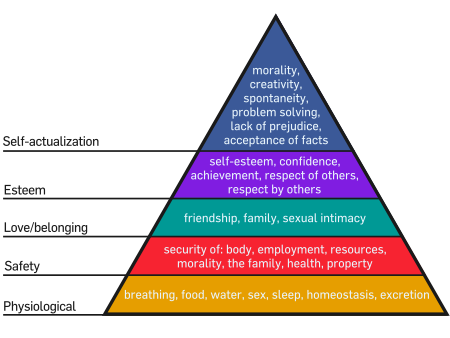The question is: What are some ways in which people cope with stress?
Everyone deals with stress differently but there are some common methods. One type of coping is to work on eliminating or changing the stressor (whatever is causing the stress) itself. This is known as problem-focused coping. For example, a student might have a problem understanding what a certain professor is teaching. To solve this through problem-focused coping, that student could talk to the professor after class, ask fellow students, get a tutor, etc.

Problem-focused coping is just one method, another is called emotion-focused coping. This can be used simultaneously with problem-focused coping to better deal with controllable stress events. Emotion-focused coping involves changing the way someone feels toward a certain stressor. This is effective because it reduces the emotional impact of something, thus making it easier to deal with. Relating back to that professor example, someone could solve it through emotion-focused coping by talking about it with a friend, become more calm/confident/etc., and then handle it in a more direct manner. One advantage to emotion-focused coping is that in can be utilized during uncontrollable stressor as well. For example, someone using this method could view a stressor as challenge rather than a threat. This changes their emotional view on the stressor and makes dealing with it easier.
Along with the focused coping methods, people also use mediation, or a series of mental exercises that result in refocused attention along with a "trance-like state of consciousness." There are two types of mediation. One is called concentration mediation. This is the most widely known of the two. The goal of this type is to focus the mind on something unchanging, like a heart beat, so that the mind can forget daily hassles and so the body can relax. The second type, receptive mediation, involves "becoming aware of everything in immediate conscious experience." In other words, it's the experience people have when they are overawed at an ocean's edge, a starry night, etc. It doesn't specifically have to be in a natural setting such as those but those moments are examples of attention being focused outward, which is what receptive mediation tries to achieve.








